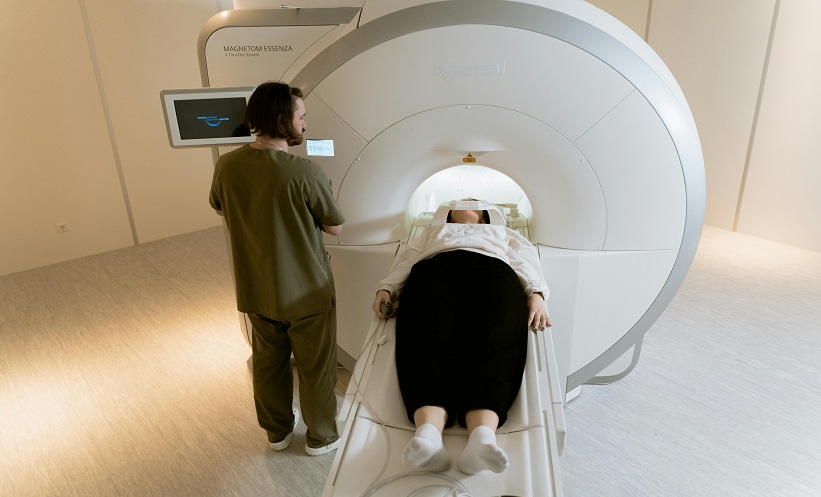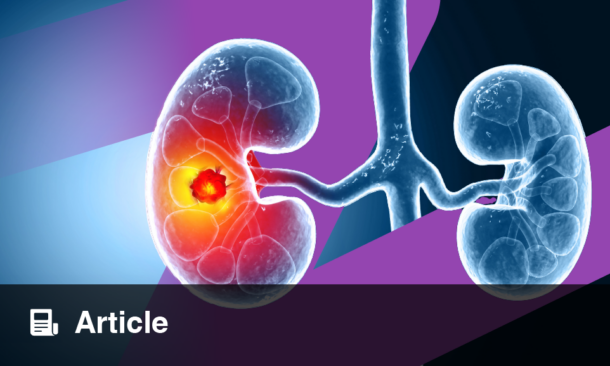A GROUNDBREAKING case study from scientists in China has highlighted the crucial role of advanced imaging in diagnosing an ultra-rare form of brain inflammation linked to influenza B. The team detailed the case of a 38-year-old woman whose condition was only identified through an F-18 FDG-PET/CT scan after initial MRI tests showed no abnormalities.
The patient presented at the emergency department with a six-day history of fever, headache, and severe fatigue. Despite these symptoms, initial brain and spinal cord MRI scans showed no signs of inflammation. Subsequent blood serum tests confirmed an influenza B virus infection. Although her fever subsided within 48 hours of antiviral treatment, she developed progressive neurological symptoms, including ataxia, dyskinesia, parkinsonism, and worsening urinary difficulties.
Doctors conducted further cerebrospinal fluid nucleic acid amplification tests, which returned negative results. However, an F-18 FDG-PET/CT scan revealed extensive hypermetabolism in the cerebellar cortex, with a maximum standardised uptake value (SUVmax) of 25.91, indicating significant inflammation. The cerebellum, often referred to as the “little brain,” plays a crucial role in balance, movement coordination, and posture maintenance.
The team noted that influenza B-associated encephalitis is rare, occurring at a rate of approximately 0.21 cases per million. More significantly, they stated that cerebellitis linked to influenza B had never been previously documented in medical literature.
Following the diagnosis, the patient was treated with a 14-day course of intravenous acyclovir, alongside a five-day intravenous immunoglobulin cycle and corticosteroids to manage central nervous system inflammation. With continued corticosteroid therapy and physical rehabilitation, her symptoms gradually improved. By the end of the second week, she was able to walk with only a slight limp and demonstrated improved upper limb coordination.
The case underscores the importance of considering influenza B virus-related neurological complications and highlights PET/CT imaging’s vital role in detecting conditions that traditional MRI scans might miss. “PET/CT imaging was crucial as it provided information not shown by MRI, helping with the diagnosis and treatment guidance,” the team concluded.
Reference
Sun H et al. A rare influenza B virus–associated cerebellitis detected by 18F-FDG PET/CT imaging. J Nucl Med. 2025;DOI:10.2967/jnumed.125.269548.








